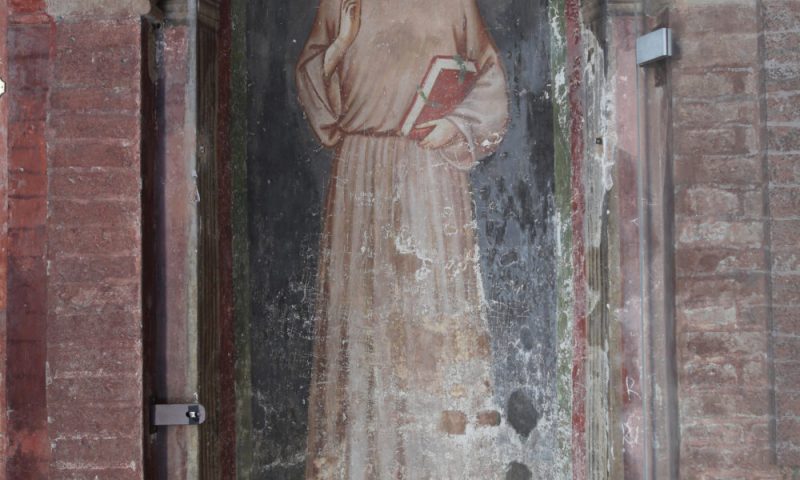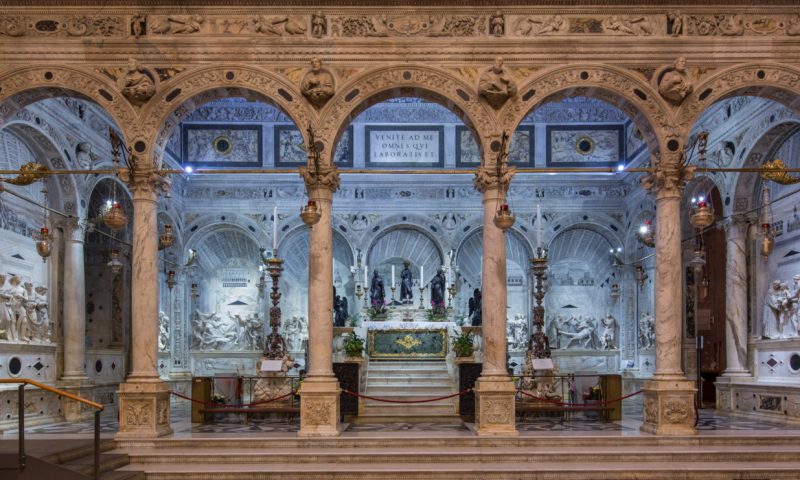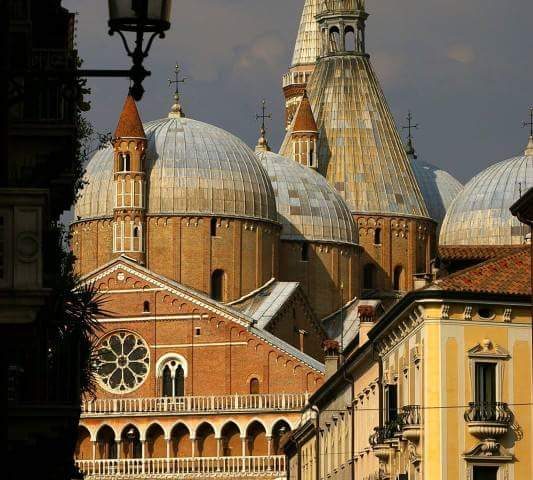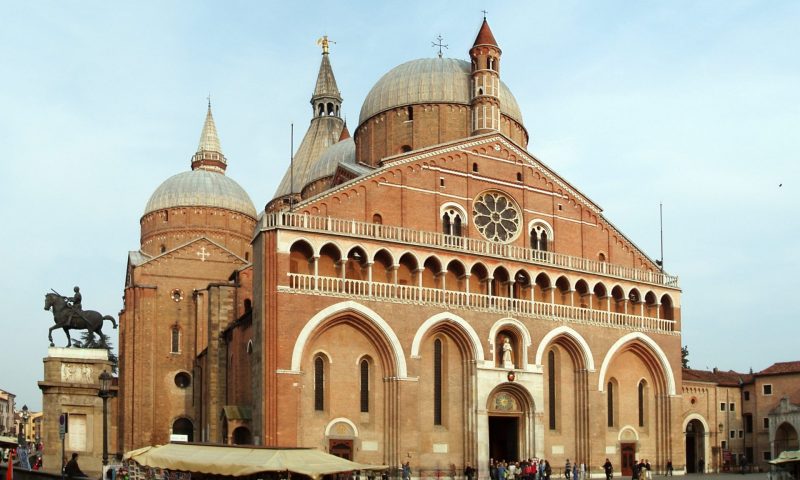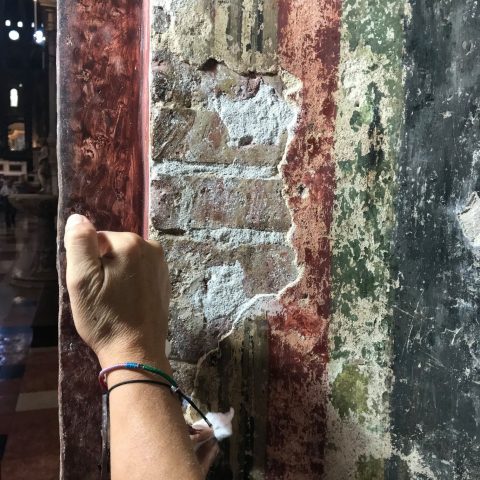Fresco of St. Anthony
The Basilica of Sant’Anthony in Padua is one of the world’s great masterpieces of art. Giotto, Donatello, Titian, Pietro, Antonio and Tullio Lombardo, Sansovino, Parodi, Tiepolo, Annigoni have all contributed to the beauty and majesty of this magnificent building. One of the most ancient representations of St. Anthony can be found in this incredible setting, a fourteenth century fresco that is almost life-sized and dates back to the church’s earliest activity.
Padua
Italy
Campaign closed.
Thanks for you support!
We collected:
5.390,00€
100% of 5.390,00€
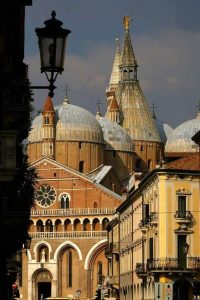 Anthony, a Franciscan friar from Lisbon, died near Padua on 13 June 1231 and was proclaimed a Saint, in record time, just a year later. Ever since, the Basilica built in Padua in his name and honor has been known to the residents of the city as “the Saint”.
Anthony, a Franciscan friar from Lisbon, died near Padua on 13 June 1231 and was proclaimed a Saint, in record time, just a year later. Ever since, the Basilica built in Padua in his name and honor has been known to the residents of the city as “the Saint”.
Construction of this monumental church incorporated the site of the small monastery where Anthony had lived for a time and the ancient church of Santa Maria Mater Domini where he was first buried (today’s Chapel of the Dark Madonna) and took place extremely fast. The haste to commemorate his life indicates the place that Anthony had won in the hearts of the people and the boundless regard he was held in. Famously, Anthony is the patron saint of lost things and is also known as the Matchmaker Saint.
Thanks to his enormous popularity, the Basilica is a living history of Venetian art and one of the world’s great masterpieces. Its architectural, monumental and artistic history is studded with famous names, stretching in an unbroken arch from the Middle Ages to contemporary times, from Giotto to Annigoni, with contributions from Donatello, Titian, Sansovino, and Tiepolo.
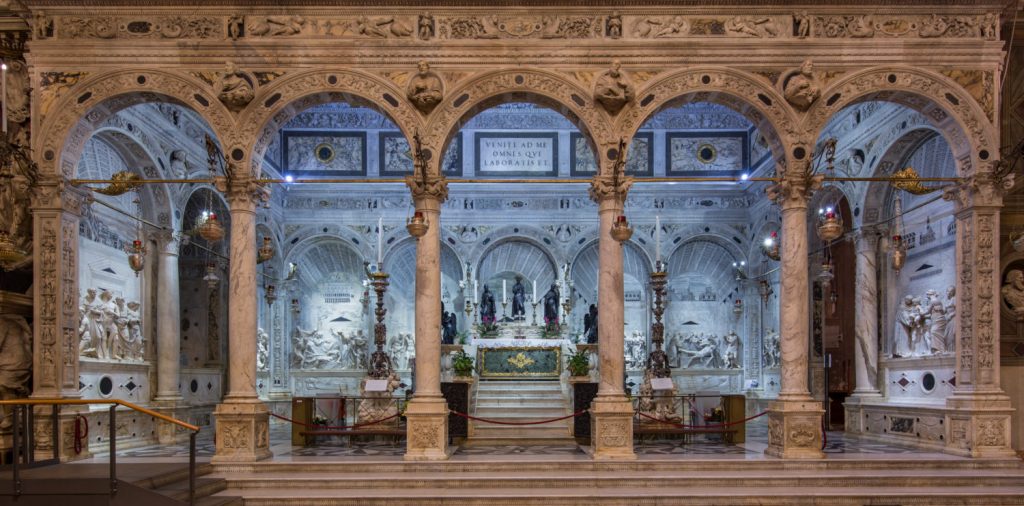
Today, his tomb in the Basilica – the Veneranda Arca – attracts a constant flow of visitors, devotees, pilgrims and supplicants.

The image is almost life-sized and, befitting his saintly status, his position is raised above the observer, making him appear physically present. He offers a gesture of blessing, as if underlining the interaction between his representation and the faithful, while the book in his right hand symbolizes his doctrine. The simplicity of the image makes it immediately accessible and gives it an iconic force, while also demonstrating the example of Giotto.
URGENT NEED FOR RESTORATION
The fresco today is in a worrying state of conservation, with immediate restoration work required to save the painting. The process of degradation, which is already taking hold, can only be stopped with modern restoration techniques available.
The lower layers require consolidation in a process which reinforces the underpinnings of the fresco itself. Traces of past restoration attempts must be removed, new materials applied and, as the restoration proceeds, chemical tests will indicate the appropriate techniques to ensure that the work will be preserved. Lastly, all the holes in the paint will be filled in, restoring the legibility of the painting.
Undertaking restoration work also offers researchers the opportunity to use modern technology to search for other traces beneath the figure of St. Anthony, and the chance of finding an even older Antonian, or Franciscan, image preserved on this ancient wall.
Above all, restoration will ensure the future of this precious and fragile image which speaks to us today of an earlier world and whose enduring legend is testimony to the historical man it portrays.
Be an Angel, Join the restoration campaign for the fresco of St. Anthony.
LoveItaly is working in partnership with:
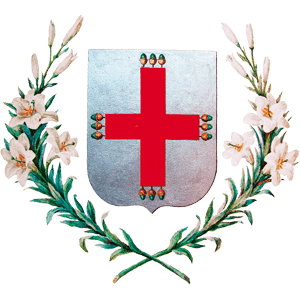
Established in 1396 the Veneranda Arca di S. Antonio is the organisation tasked with the conservation and maintenance of the structure belonging to the Basilica di St. Anthony of Padua and its connected buildings. The committee is composed of five citizens of Padua, with the Rector of the Basilica and a lay member nominated by the Vatican. http://www.arcadelsanto.org/

